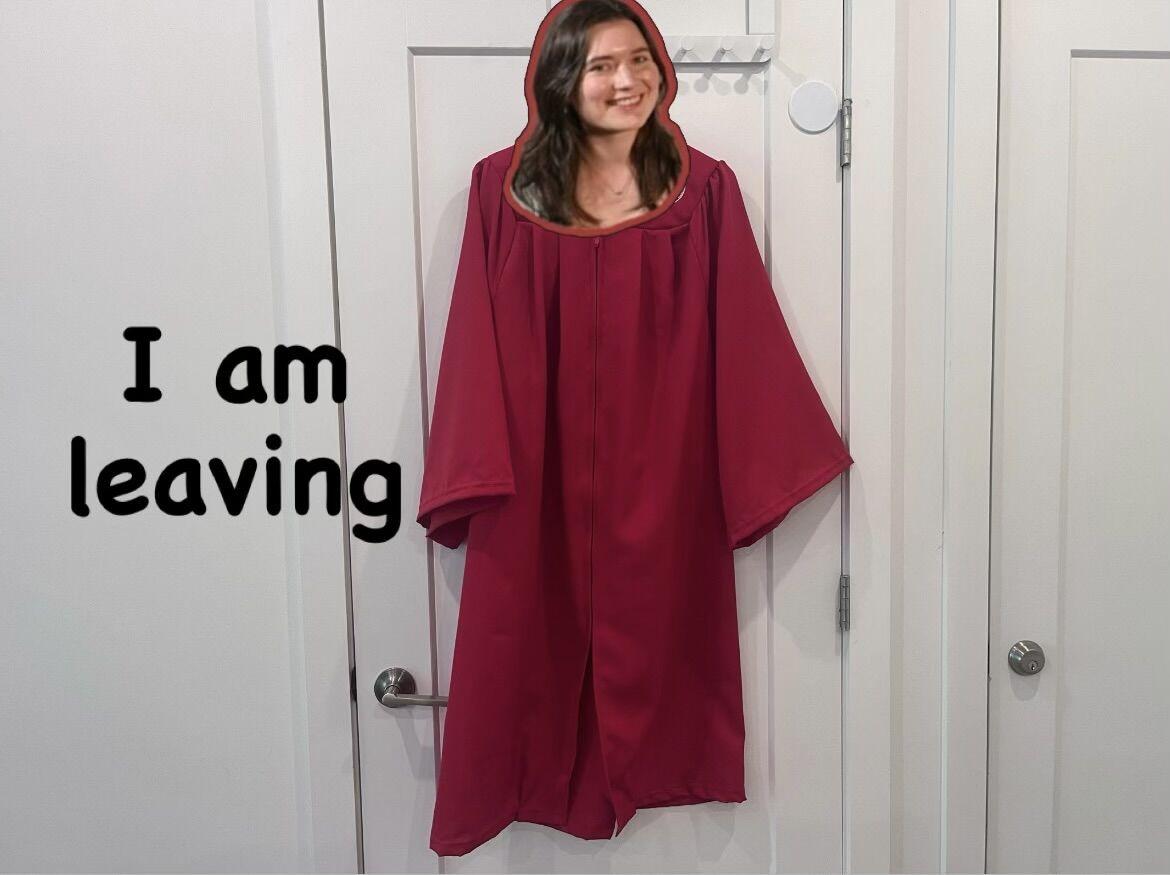People are carpooling, planners are building for efficiency and governments are hoping to take advantage of green technology. Everyone can get behind saving money or reducing resources used and carbon produced by their lives. Two articles in Technician Thursday were about the University’s programs to reduce our carbon footprint: Upgrades to our steam plants, and the ‘Solar Gazebo’ project. What is N.C. State really doing to get more green power?
First, why is UNC-Chapel Hill beating us? UNC earns a much higher rating than we do for power efficiency mainly because their newest steam plant, the 1992 Gore Building, is a co-generation facility. A co- generation facility uses the steam produced for heating to make electricity, doubling the efficiency of production of electricity and steam. Up to one-third of UNC’s power needs can be met with that electricity. At this moment UNC is building another modern high-efficiency steam plant in the heart of their campus to handle future expansion.
N.C. State presently has no co-generation capacity, with all of our power coming from Duke Energy plants through the West Campus substation, with our steam plants only making steam with the fuel they burn. You may remember this substation from when a squirrel took down campus power a few years ago. As of January 18, N.C. State has contracted with Ameresco for a $56 million plan to upgrade our steam plants to produce 11 MW of electricity and expand steam generation to meet future needs. Annually, this is planned to save the university $6.5 million, providing one-third of peak demand on campus.
N.C. State and UNC have a competition to reduce water use. Freshwater supplies are limited, and cleaning water for use costs money and resources. Low-flow shower-heads, sinks and low-water-use toilets have taken over most buildings and dorms on campus, reducing university water use by 40 percent.
N.C. State holds a Think Outside the Brick competition for the promotion of environmental awareness. I hope several solar gazebos are built, since they can be put anywhere on campus. A sunny spot along a greenway? Floating in Lake Raleigh? The middle of the Brickyard, so people see it? Yes, yes and yes, with no strings attached. For a comprehensive example of solar power, visit the Solar House near the McKimmon Center.
N.C. State is spending money on infrastructure upgrades and education about environmental awareness and saving money. These investments will save money in annual costs, make money with new ideas, and improve the world. Red is going green, and it’s there to stay.
http://www.powergenworldwide.com/index/display/articledisplay/2891305441/articles/powergenworldwide/distributed-generation/cogeneration-chp/2011/01/cogeneration-for_north.html
Kris Tesh
senior, textile engineering





